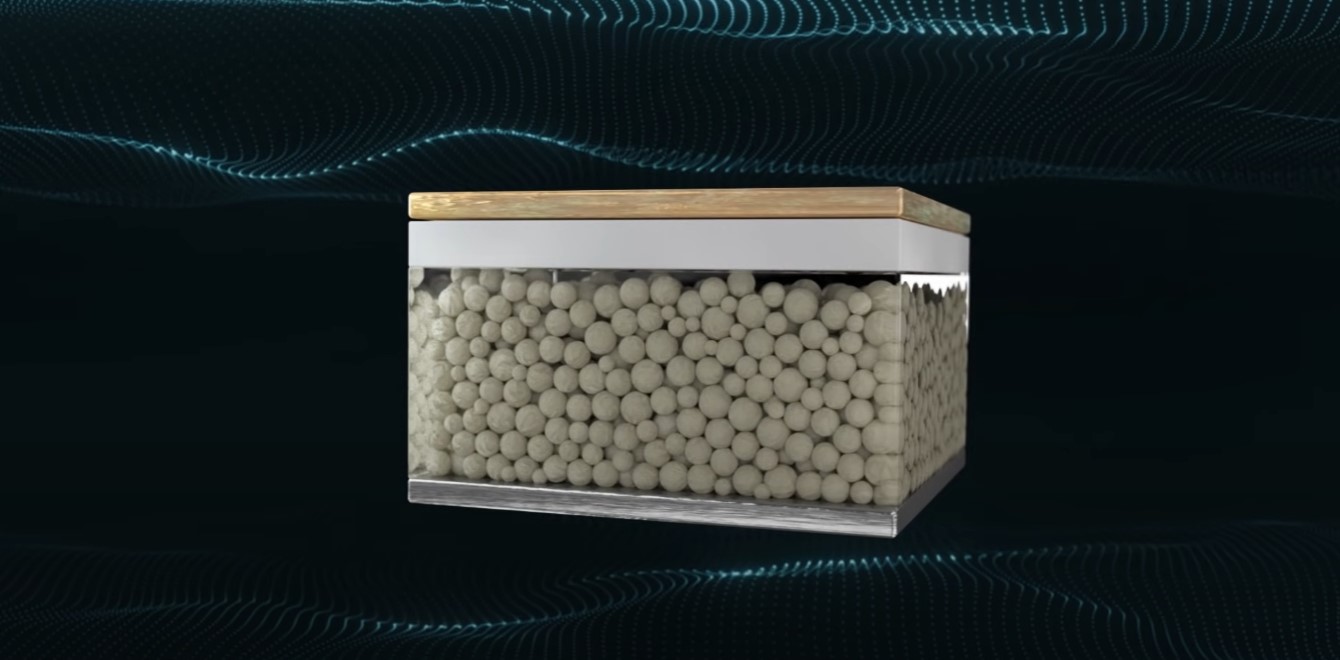Semi-Draining Could Extend Lithium Metal Batteries Life
Researchers at Stanford University have discovered that the lifespan of lithium-metal batteries can be extended by periodically draining them completely and leaving them in that state. The process also improves the actual capacity of the battery, as revealed in the study.
Wenbo Zhang, a student at Stanford University studying material science and engineering disciplines, shared these conclusions in a research paper published in Nature, as reported by Electrek. The research identified a simple and affordable method to enhance the operational life of lithium-metal batteries. By keeping the batteries drained for an extended period, not only can their lost capacity be regained, but their overall lifespan can also be improved. This effect can be realized purely through software controlling the charging process, promising a significant economic benefit from the implementation of this innovation.
Increasing Lithium Metal Battery Performance
Typically, lithium-metal batteries can surpass lithium-ion ones by up to 30% in terms of specific capacity weighted against mass. However, they exhibit a shorter lifespan, making their application in electric vehicles challenging. The American researchers found this drawback can be partially overcome by altering the charging algorithm. However, it does imply that users should be prepared for their device or vehicle to demand a rest period with a drained battery to partially regain its capacity. The software needs to select an appropriate period for conducting these maintenance measures—an undertaking eased by program customization to ensure cells within the battery carry out these tasks one at a time without compromising the overall accessible user capacity.
Reviving Battery Life
During the use of lithium-metal batteries, individual lithium particles form that do not return to the electrolyte in regular charge-discharge cycles, which subsequently reduces the anode’s lifespan. However, the researchers managed to retrieve these tiny lithium particles back into the anode during an experiment by keeping the battery drained for just an hour. This method not only restores the working capacity of lithium-metal batteries but also prolongs their life. As a typical traction battery of an electric car contains up to 4,000 battery cells, they can be rehabilitated gradually using software, causing minimal inconvenience during operation.





